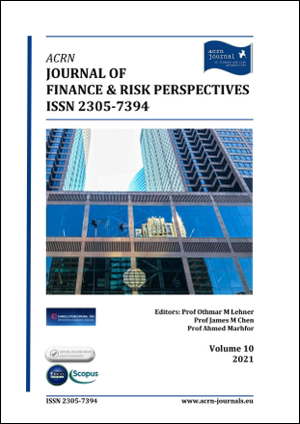
Mohamed Sadok Gassouma* and Mohamed Ghroubi
Higher Institute of Theology, Ez-zitouna University, Tunisia
Abstract
This study aims to test the contagion effect of the Arab Spring revolution in the GCC countries on discrimination between Islamic and conventional banks in terms of cost efficiency, and to test how prudential factors can influence this comparison. We used the stochastic frontier of Battese and Coelli (1995) to measure the cost efficiency of both Islamic and conventional banks in the GCC countries during 2006_ 2015 (before the Arab revolution 2006-2010 and after the Arab revolution 2011-2015). Second, we used a logit model to discriminate between Islamic and conventional banks in terms of cost efficiency combined with credit risk, regulatory capital and interest margin. Third, we finally test the convergence and divergence between Islamic and Conventional banks by measuring the probability of having Islamic/conventional activities for both banks. We have shown that there is no absolute difference in terms of cost efficiency between Islamic and conventional banks. This difference can be observed through the credit risk taking but not through the interest rate margin. In addition, Islamic banks have taken advantage from the event of the Arab Spring revolution, compared to conventional ones, by being more efficient through risk mitigating due to their participatory financial product. Unlike previous research, we have used a cost efficiency measurement following Battese and Coelli’s (1995) model and we have incorporated it in a logit model, in the context of crisis. Cost efficiency is combined with a set of prudential factors to determine their effect on the convergence/divergence between Islamic and conventional bank.
Keywords: Islamic banks, Conventional banks, Cost efficiency, Efficiency stochastic frontier, Credit risk, Regulatory capital, Logistic regression
Back to Volume 10